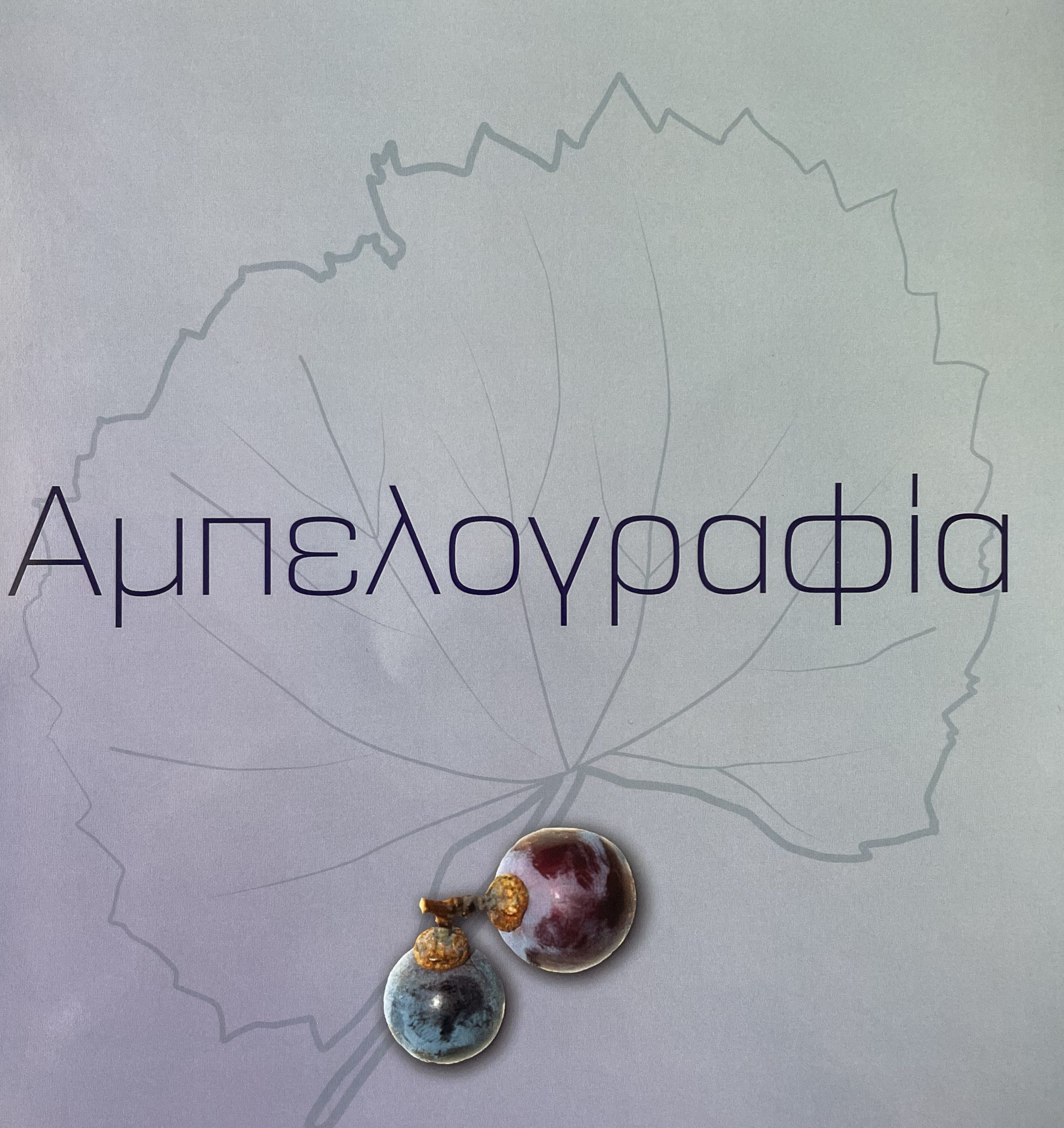The objective of the course is to introduce students in the reproduction, propagation and cultivation (viticultural) techniques of the grapevine, as well as in ampelography.The course aims to introduce students in the methodology used both in the propagation, in the viticultural techniques as well as in the identification of grapevine varieties, rootstocks and their cultivation suitability, for the proper management of a modern productive vineyard.
Upon the successful completion of the course (theory and laboratory part of the course), students will have (Descriptive indicators for Levels 6 of the European Qualifications Framework for Lifelong Learning):
The course is offered to the students of:



